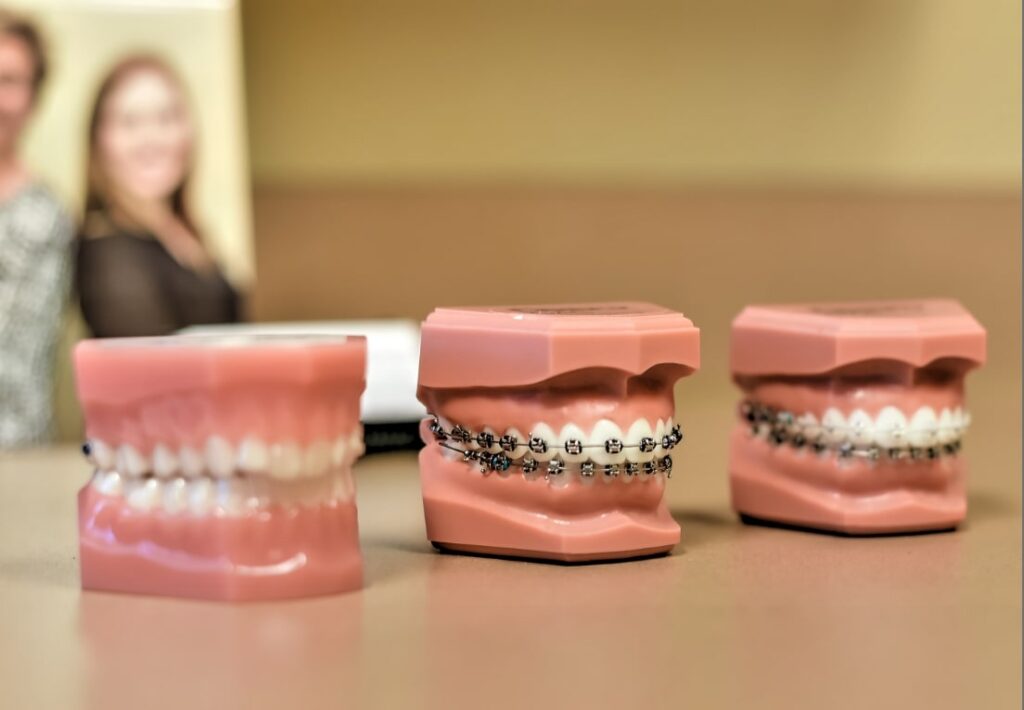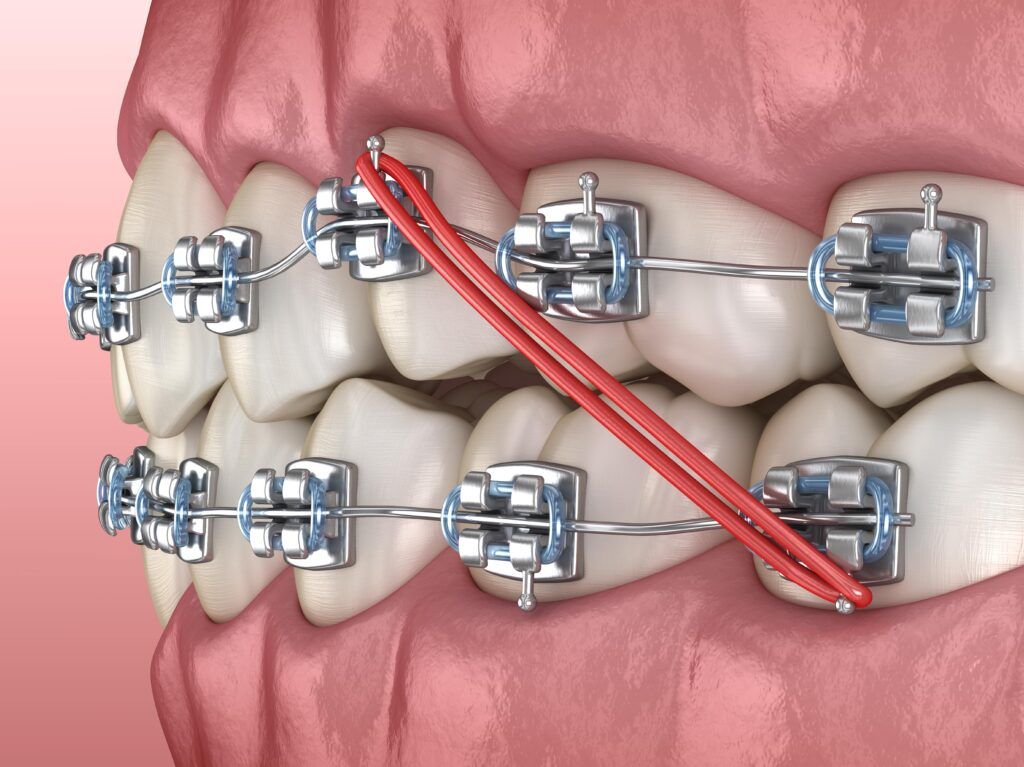Comprehensive Overview to Orthodontics Procedures for Dealing With Dental Imbalances
Recognizing the intricacies of each procedure, including their systems, advantages, and potential downsides, is essential in making educated decisions about one's orthodontic treatment. As we browse through the extensive overview to orthodontic procedures for fixing oral misalignments, the complex information of each approach will unravel, dropping light on the course toward a harmonious and useful oral placement.
Orthodontic Procedures Review

Normal modifications and monitoring are important components of orthodontic treatment to make sure progression is on track and to make any essential modifications along the way. By undergoing orthodontic procedures, patients can not just accomplish a straighter grin yet also improve their total dental health and wellness and function.
Standard Braces: Just How They Work
When taking into consideration orthodontic therapies for oral imbalances, conventional dental braces stand out as a tried and true approach for fixing teeth placing. Traditional dental braces consist of braces, cables, and bands that function with each other to apply constant pressure on the teeth, gradually relocating them into the wanted placement.
One trick aspect of how traditional braces work is the procedure of bone remodeling. As stress is used to the teeth with the dental braces, the bone bordering the teeth is reshaped to sustain the brand-new tooth settings. This improvement is vital for the lasting security of the fixed positioning. People will certainly require regular modifications at the orthodontist's office to make certain the braces remain to apply the appropriate pressure for efficient teeth activity.
Unnoticeable Aligners: Disadvantages and pros
Undetectable aligners supply a discreet and hassle-free option to typical braces for fixing dental imbalances. These clear, custom-made trays are essentially unnoticeable when used, making them an appealing choice for individuals seeking a more aesthetically pleasing orthodontic therapy. Among the main benefits of undetectable aligners is their removability, permitting for easier maintenance of oral hygiene compared to conventional dental braces. Individuals can eliminate the aligners before eating or brushing their teeth, minimizing the danger of food getting stuck in the appliance and streamlining the cleansing procedure.

Surgical Orthodontic Options
Surgical interventions in orthodontics present feasible alternatives for dealing with complicated oral misalignments that may not be successfully resolved via conventional orthodontic treatments. While standard dental braces and unseen aligners can fix many orthodontic concerns, particular instances require surgical intervention to achieve optimum results. Surgical orthodontic alternatives are usually recommended for serious malocclusions, substantial jaw disparities, and instances where the underlying bone you can check here framework requires adjustment to accomplish walk in dentist office correct positioning.
One typical medical orthodontic procedure is orthognathic surgical procedure, which involves repositioning the jaws to remedy practical concerns such as difficulty talking or eating. This surgery is often performed in partnership with an orthodontist that helps align the teeth before and after the treatment. Surgical orthodontics may also entail procedures to reveal impacted teeth, eliminate excess gum tissue, or reshape the jawbone to develop an extra unified facial profile.
Prior to thinking about medical orthodontic options, people go through a detailed evaluation to establish the need and possible advantages of such interventions. orthodontist. While surgical treatment might appear difficult, it can considerably improve both the feature and aesthetic appeals of the smile in cases where traditional orthodontic treatments fall short
Retainers and Post-Treatment Care

Failure to conform with post-treatment treatment guidelines can result in regression, where the teeth gradually relocate back in the direction of their initial settings. Constant retainer wear, excellent dental hygiene, and normal dental exams are necessary for preserving the outcomes achieved via orthodontic surgery and guaranteeing the lasting security of the remedied oral alignment.
Verdict
In final thought, orthodontic procedures use numerous alternatives for dealing with dental imbalances. Surgical orthodontic options are available for much more extreme imbalances. On the whole, orthodontic treatments can properly boost oral wellness and aesthetic look.
As we browse via the thorough guide to orthodontic treatments for fixing oral imbalances, the detailed details of each approach will certainly unravel, losing light on the path toward a harmonious and useful oral alignment. - braces
One of the most usual orthodontic treatments is the usage of braces, which are composed of metal braces and cables that apply mild pressure to gradually shift teeth into the wanted position.When considering orthodontic therapies for oral imbalances, standard braces stand out as a tried and true technique for fixing teeth positioning. Additionally, unnoticeable aligners may not be appropriate for complicated orthodontic problems that call for more significant teeth movement, as they are generally recommended for mild to modest instances. Retainers are tailor-made orthodontic tools designed to hold teeth in their dealt with placements after the conclusion of orthodontic treatment.
Comments on “Why Cumming Invisalign is the Perfect Option for a Discreet Orthodontic Service”